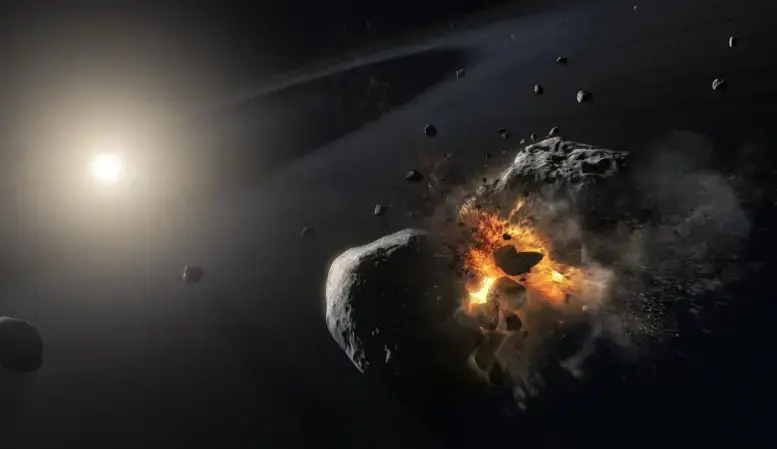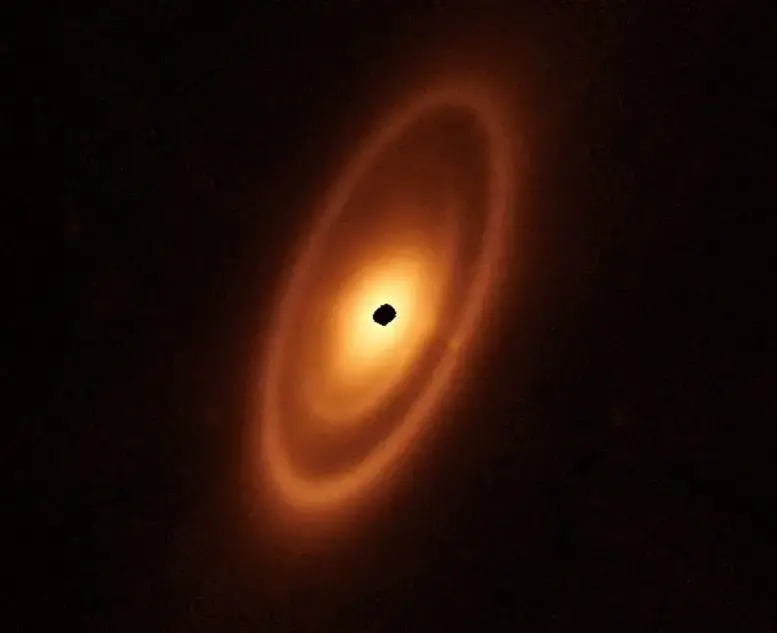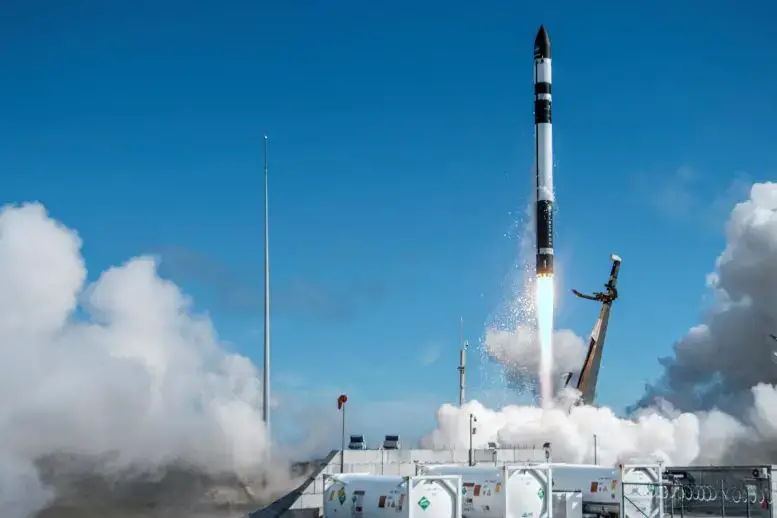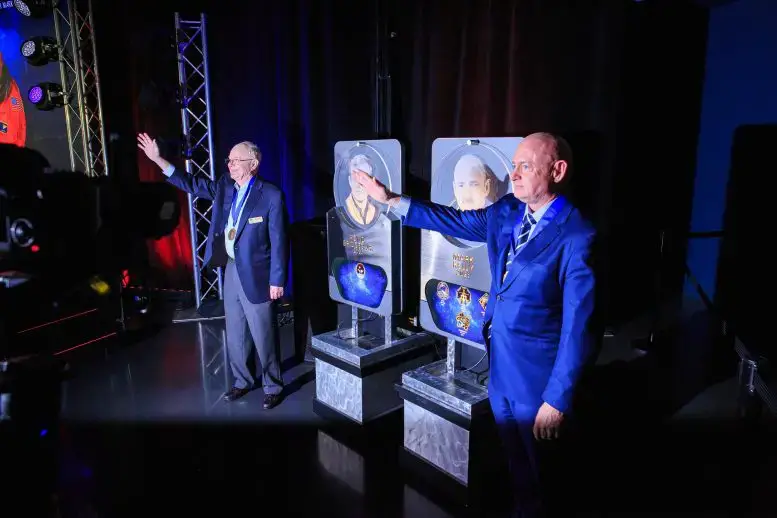This artist’s illustration depicts a collision of two icy, dusty bodies orbiting the bright star Fomalhaut, located 25 light-years away. This may have caused an expanding cloud of very fine dust particles. Astronomers using NASA’s James Webb Space Telescope have now discovered three nested debris belts surrounding the young star. These belts, which could be carved by the gravitational forces of unseen planets, provide insights into the structure of exoplanetary systems. Credit: ESA, NASA and M. Kornmesser

A spacecraft changes parking spots at the space station …
A surprising look at a star in another solar system …
And small satellites that could be a big help tracking tropical storms …
A few of the stories to tell you about – This Week at NASA!
Spacecraft Moves to New Docking Spot at Space Station
On May 6, the International Space Station’s Expedition 69 crew members who flew to the station as part of NASA’s SpaceX Crew-6 mission, relocated their SpaceX Dragon spacecraft. The crew, including NASA’s Steve Bowen and Woody Hoburg, moved the Dragon to another docking port on the station’s Harmony module to make room for an uncrewed SpaceX Dragon cargo spacecraft targeted to launch to the station in June.

This image of the dusty debris disk surrounding the young star Fomalhaut is from Webb’s Mid-Infrared Instrument (MIRI). It reveals three nested belts extending out to 14 billion miles (23 billion kilometers) from the star. The inner belts – which had never been seen before – were revealed by Webb for the first time. Credit: NASA, ESA, CSA, András Gáspár (University of Arizona), Alyssa Pagan (STScI)
Webb’s Surprising Look at Fomalhaut’s Asteroid Belt
This image of the dusty debris disk around the young star, Fomalhaut was captured by NASA’s James Webb Space Telescope while studying the first asteroid belt ever seen outside of our solar system in infrared light. To the surprise of astronomers, the dusty structures, which contain three nested belts – including the never-before-seen inner belts, are much more complex than the asteroid and Kuiper dust belts of our own solar system.

Rocket Lab’s Electron rocket lifts off from Launch Complex 1 at Māhia, New Zealand at 9:00 p.m., carrying two TROPICS CubeSats for NASA. Credit: Rocket Lab
First Pair of Storm Observing CubeSats Launched
On May 8, the first pair of NASA’s TROPICS CubeSats launched aboard an Electron rocket from Rocket Lab’s Launch Complex 1 in New Zealand. The mission will use a constellation of four of the identical small satellites to fly in a unique, inclined low Earth orbit that will enable them to observe tropical cyclones more frequently than current weather tracking satellites.

Inside the Space Shuttle Atlantis attraction at NASA’s Kennedy Space Center Visitor Complex in Florida, two space explorers, from left, Roy D. Bridges Jr. and Mark Kelly, are inducted into the U.S. Astronaut Hall of Fame Class of 2023 on May 6. Credit: NASA/Chris Chamberland
2023 Astronaut Hall of Fame Induction Ceremony
Congratulations to former astronauts Roy D. Bridges Jr., and Senator Mark E. Kelly. They are the newest inductees to the U.S. Astronaut Hall of Fame. They were inducted as the Hall of Fame’s class of 2023 during a May 6 ceremony at the Kennedy Space Center Visitor Complex.
That’s what’s up this week @NASA!








